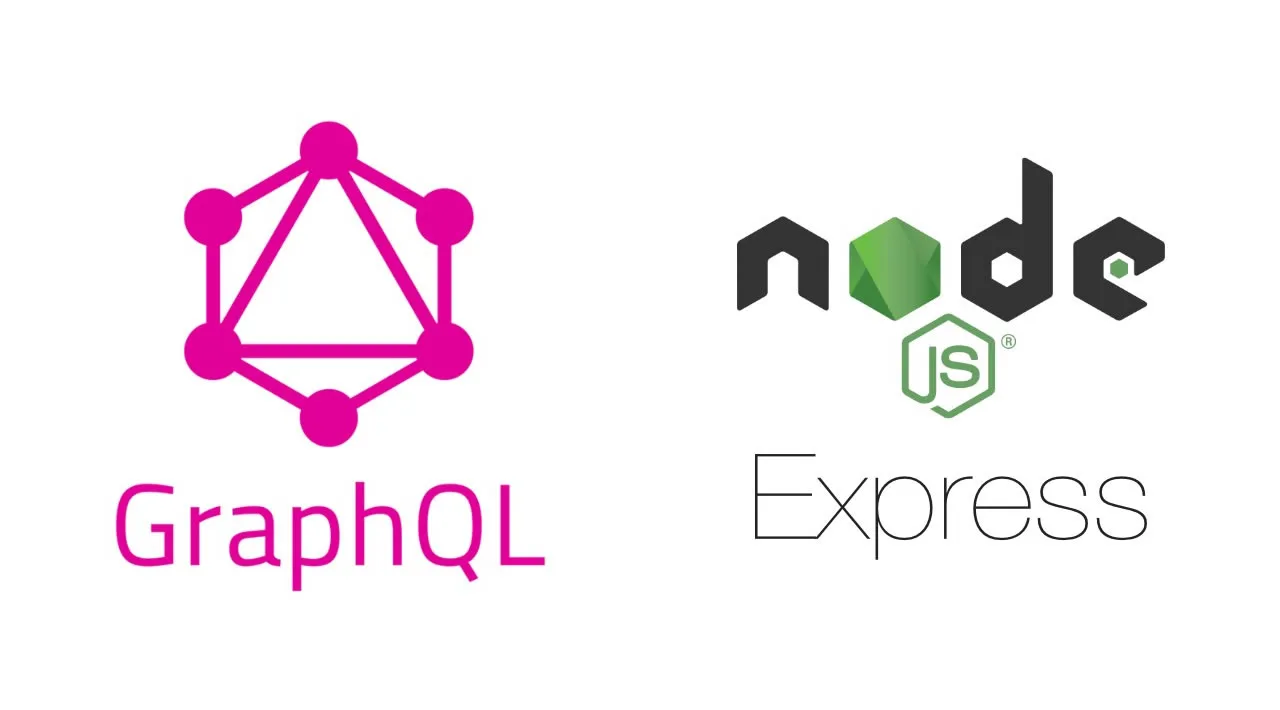Learn to build a GraphQL server for a food ordering system using NodeJS and Express.
Table of Contents
- Initializing the project using the Node Package Manager (npm)
- Express Server
- GraphQL Schema
- RootQuery
- Setting-up nodemon
- GraphQL server for Food Ordering System
- Implementation Plan
- Conclusion
This article is part III of the series on Exploring GraphQL. In this article, we are going to build a GraphQL server for food ordering system using NodeJS and Express. This article assumes that you know the fundamental concepts of GraphQL like the use of Query, Mutations, Type System, Alias, Variables, Directives, and Fragments. If you have not heard of these topics before, it is always a good idea to go through the basics and then build something interesting out of it! I recommend reading the first and the second part of the series before heading over to the implementation part.
If you have been following along from the start of the series, you might already be familiar with most of the basic concepts used in GraphQL.
Let’s recap all that we have learned until now in the first and the second part of the series:
- Representational State Transfer (REST) is used for transferring resources across web services. It is being used extensively as a means of data transfer in a variety of applications. But as the complexity of the applications increased, people started experiencing some problems with REST. The REST way of transferring resources to the client is not scalable and has issues such as multiple endpoints, over-fetching, and under-fetching of resources and versioning.
- Facebook built GraphQL as an application layer to power up the data for the news feed section of its IOS application. GraphQL is a strong-typed declarative way of fetching only the required fields from the server. The client has full control over the data with GraphQL. The GraphQL server sends back the response in the exact same shape as requested by the client.
- GraphQL is just a specification that is used to define how clients can communicate with the server using its strict Type System. The client tells the format of the data to the server using queries. The GraphQL Type System supports scalar types, object types, and enums.
- We can pass arguments to the GraphQL queries for the root as well as the nested fields. We can also use Variables for passing dynamic data from the client. Mutations are used for causing side-effects on the server.
Now that we are all good with the GraphQL fundamentals, it’s time to build something. Let’s get to it right away!
#graphql #node #express #javascript #developer
